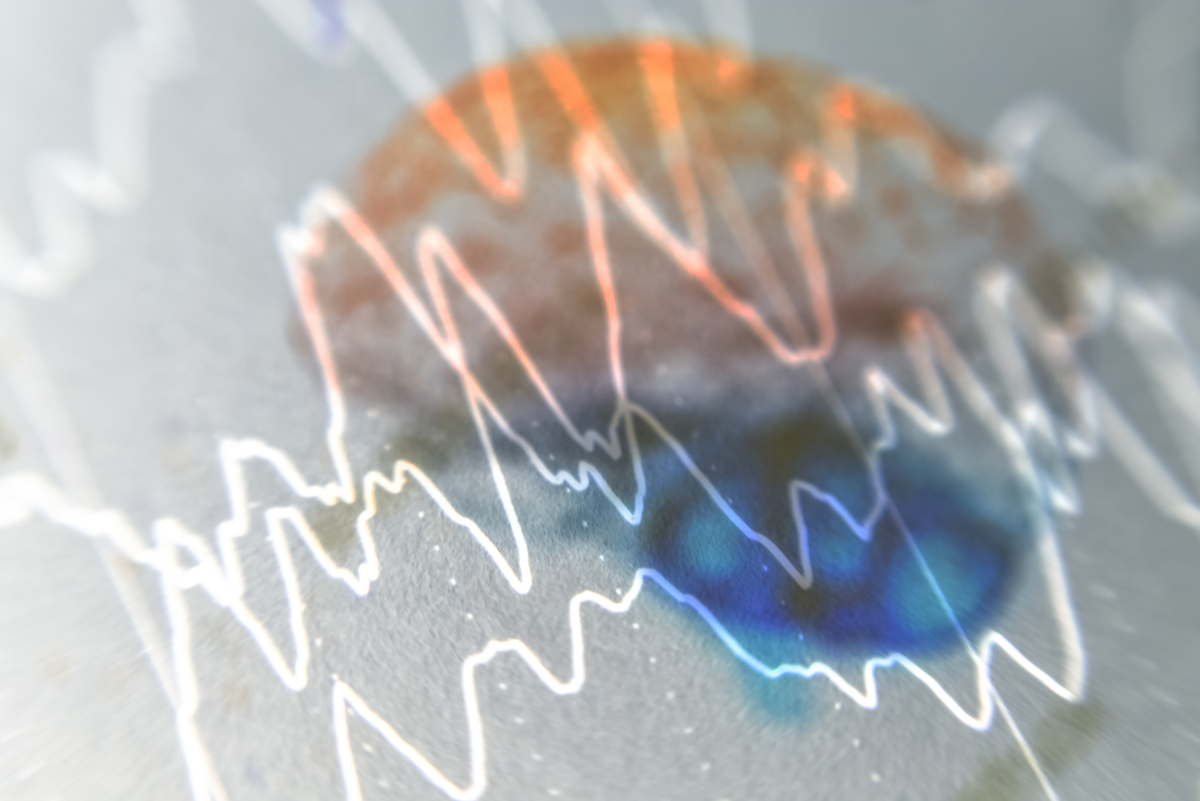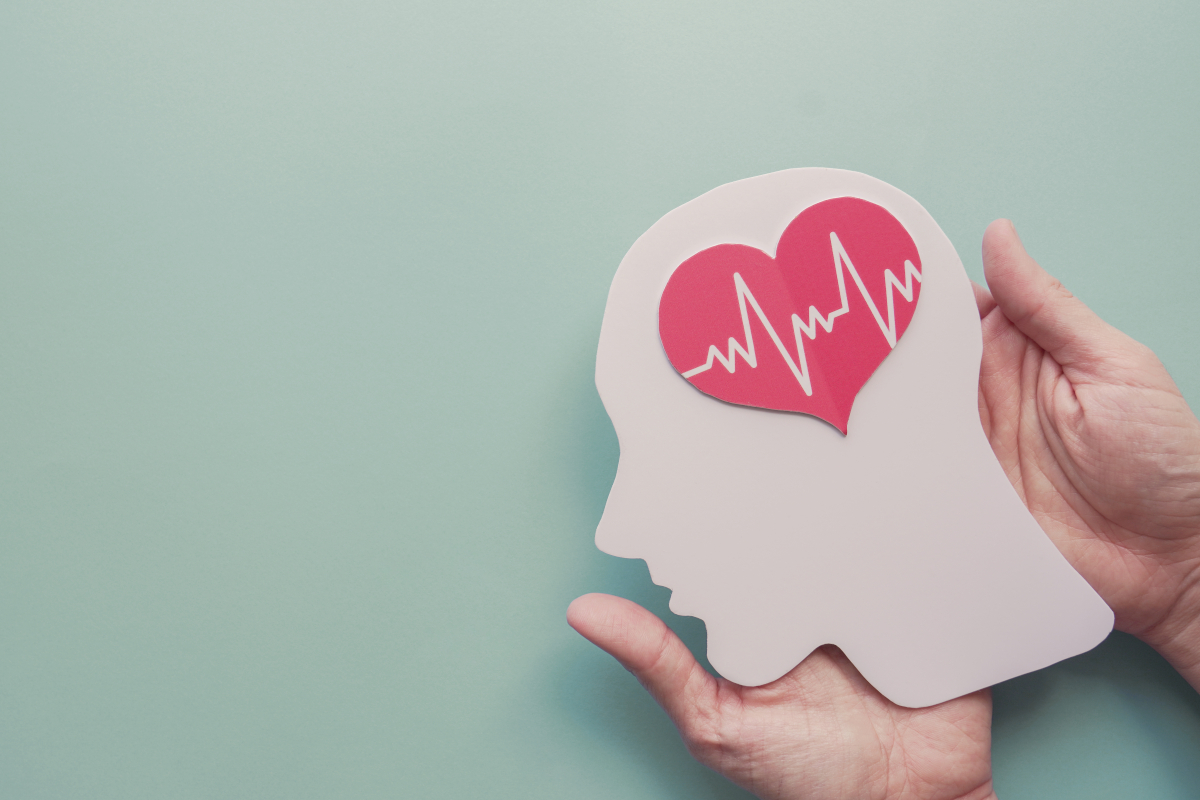Nighttime brain cleaning and headaches
Our bodies are constantly engaged in metabolic processes. Most of them happen without our doing, and many go entirely unnoticed. We breathe, digest, think, and keep our circulation going. Our bodies do all this work on our behalf. During these processes, waste products and residues from various chemical reactions build up. To prevent this cell and organ detritus from causing harm, these “leftovers” need to be cleared from the body.
-
References
Bohr T, Hjorth PG, Holst SC, Hrabětová S, Kiviniemi V, Lilius T, Lundgaard I, Mardal KA, Martens EA, Mori Y, Nägerl UV, Nicholson C, Tannenbaum A, Thomas JH, Tithof J, Benveniste H, Iliff JJ, Kelley DH, Nedergaard M. The glymphatic system: Current understanding and modeling. iScience. 2022 Aug 20;25(9):104987. doi: 10.1016/j.isci.2022.104987. PMID: 36093063; PMCID: PMC9460186.
Dick-Wallace SF. Das glymphatische System DO – Deutsche Zeitschrift für Osteopathie 2020; 18: 32–38
Fernández-de-Las-Peñas C, Fernández-Muñoz JJ, Palacios-Ceña M, Parás-Bravo P, Cigarán-Méndez M, Navarro-Pardo E. Sleep disturbances in tension-type headache and migraine. Ther Adv Neurol Disord. 2017 Dec 6;11:1756285617745444. doi: 10.1177/1756285617745444. PMID: 29399051; PMCID: PMC5784553.
Gao Y, Liu K, Zhu J. Glymphatic system: an emerging therapeutic approach for neurological disorders. Front Mol Neurosci. 2023 Jul 6;16:1138769. doi: 10.3389/fnmol.2023.1138769. PMID: 37485040; PMCID: PMC10359151.
Hablitz LM, Nedergaard M. The Glymphatic System: A Novel Component of Fundamental Neurobiology. J Neurosci. 2021 Sep 15;41(37):7698-7711. doi: 10.1523/JNEUROSCI.0619-21.2021. PMID: 34526407; PMCID: PMC8603752.
Hablitz LM, Plá V, Giannetto M, Vinitsky HS, Stæger FF, Metcalfe T, Nguyen R, Benrais A, Nedergaard M. Circadian control of brain glymphatic and lymphatic fluid flow. Nat Commun. 2020 Sep 2;11(1):4411. doi: 10.1038/s41467-020-18115-2. PMID: 32879313; PMCID: PMC7468152.
Iliff JJ, Nedergaard M. Is there a cerebral lymphatic system? Stroke. 2013 Jun;44(6 Suppl 1):S93-5. doi: 10.1161/STROKEAHA.112.678698. PMID: 23709744; PMCID: PMC3699410.
Iliff JJ, Wang M, Liao Y, Plogg BA, Peng W, Gundersen GA, Benveniste H, Vates GE, Deane R, Goldman SA, Nagelhus EA, Nedergaard M. A paravascular pathway facilitates CSF flow through the brain parenchyma and the clearance of interstitial solutes, including amyloid β. Sci Transl Med. 2012 Aug 15;4(147):147ra111. doi: 10.1126/scitranslmed.3003748. PMID: 22896675; PMCID: PMC3551275.
Iliff JJ, Wang M, Zeppenfeld DM, Venkataraman A, Plog BA, Liao Y, Deane R, Nedergaard M. Cerebral arterial pulsation drives paravascular CSF-interstitial fluid exchange in the murine brain. J Neurosci. 2013 Nov 13;33(46):18190-9. doi: 10.1523/JNEUROSCI.1592-13.2013. PMID: 24227727; PMCID: PMC3866416.
Linstra KM, Perenboom MJL, van Zwet EW, van Welie FC, Fronczek R, Tannemaat MR, Wermer MJH, Maassenvandenbrink A, Terwindt GM. Cold extremities in migraine: a marker for vascular dysfunction in women. Eur J Neurol. 2020 Jul;27(7):1197-1200. doi: 10.1111/ene.14289. Epub 2020 May 20. PMID: 32356361; PMCID: PMC7383740.
Louveau A, Plog BA, Antila S, Alitalo K, Nedergaard M, Kipnis J. Understanding the functions and relationships of the glymphatic system and meningeal lymphatics. J Clin Invest. 2017 Sep 1;127(9):3210-3219. doi: 10.1172/JCI90603. Epub 2017 Sep 1. PMID: 28862640; PMCID: PMC5669566.
Plog BA, Nedergaard M. The Glymphatic System in Central Nervous System Health and Disease: Past, Present, and Future. Annu Rev Pathol. 2018 Jan 24;13:379-394. doi: 10.1146/annurev-pathol-051217-111018. PMID: 29195051; PMCID: PMC5803388.
Rasmussen MK, Mestre H, Nedergaard M. Fluid transport in the brain. Physiol Rev. 2022 Apr 1;102(2):1025-1151. doi: 10.1152/physrev.00031.2020. Epub 2021 May 5.
Schain AJ, Melo-Carrillo A, Strassman AM, Burstein R. Cortical Spreading Depression Closes Paravascular Space and Impairs Glymphatic Flow: Implications for Migraine Headache. J Neurosci. 2017 Mar 15;37(11):2904-2915. doi: 10.1523/JNEUROSCI.3390-16.2017. Epub 2017 Feb 13. PMID: 28193695; PMCID: PMC5354333.
Simon MJ, Iliff JJ. Regulation of cerebrospinal fluid (CSF) flow in neurodegenerative, neurovascular and neuroinflammatory disease. Biochim Biophys Acta. 2016 Mar;1862(3):442-51. doi: 10.1016/j.bbadis.2015.10.014. Epub 2015 Oct 22. PMID: 26499397; PMCID: PMC4755861.
Toriello M, González-Quintanilla V, Pérez-Pereda S, Fontanillas N, Pascual J. The Potential Role of the Glymphatic System in Headache Disorders. Pain Med. 2021 Dec 11;22(12):3098-3100. doi: 10.1093/pm/pnab137. PMID: 33839781.
Vittorini MG, Sahin A, Trojan A, Yusifli S, Alashvili T, Bonifácio GV, Paposhvili K, Tischler V, Lampl C, Sacco S; School of Advanced Studies of the European Headache Federation (EHF-SAS). The glymphatic system in migraine and other headaches. J Headache Pain. 2024 Mar 11;25(1):34. doi: 10.1186/s10194-024-01741-2. PMID: 38462633; PMCID: PMC10926631.
Wu CH, Chang FC, Wang YF, Lirng JF, Wu HM, Pan LH, Wang SJ, Chen SP. Impaired Glymphatic and Meningeal Lymphatic Functions in Patients with Chronic Migraine. Ann Neurol. 2024 Mar;95(3):583-595. doi: 10.1002/ana.26842. Epub 2024 Jan 27. PMID: 38055324.
Yi T, Gao P, Zhu T, Yin H, Jin S. Glymphatic System Dysfunction: A Novel Mediator of Sleep Disorders and Headaches. Front Neurol. 2022 May 19;13:885020. doi: 10.3389/fneur.2022.885020. PMID: 35665055; PMCID: PMC9160458.






















